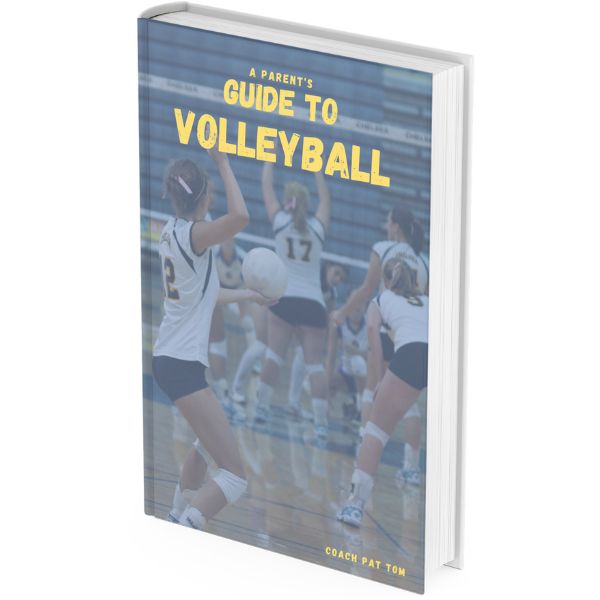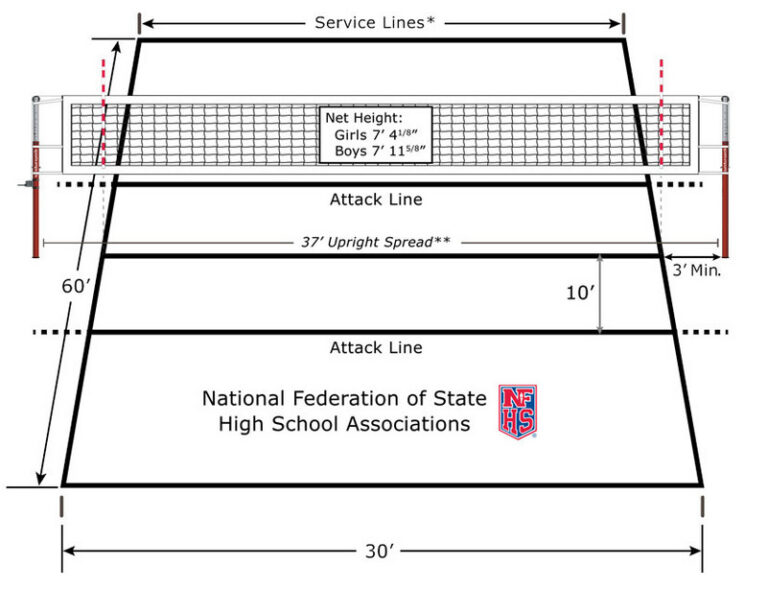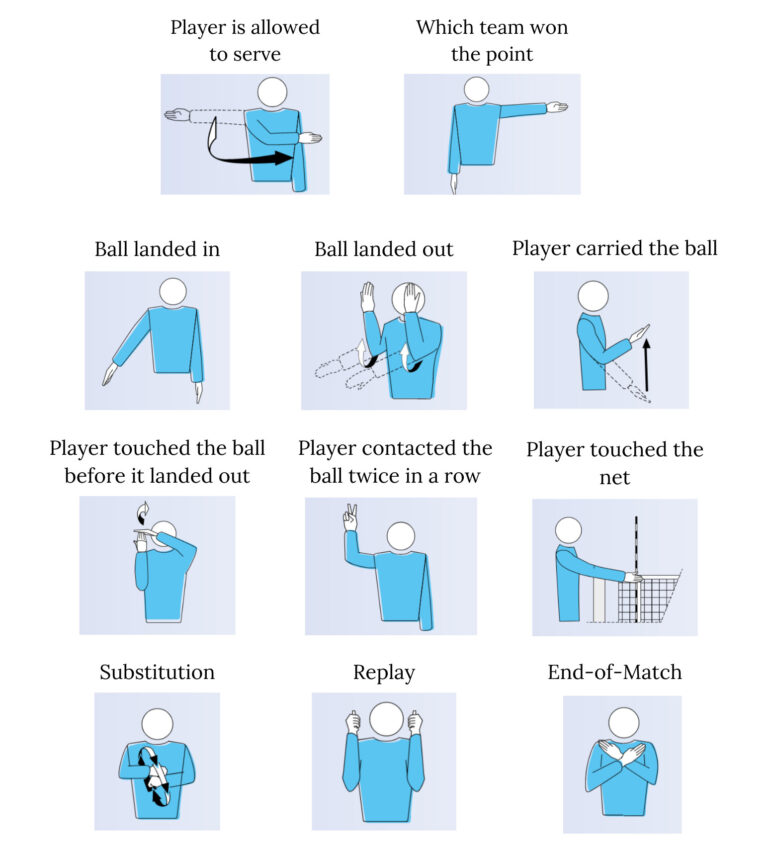
“I think that parents will find this super useful. It’s so organized and clear!”
A Parent's Guide to Volleyball
Everything a parent needs to know about volleyball to help their child succeed – parenting tips, rules, referee signals, positions, a timeline of volleyball history, and more.



